NASA Pinpoints When Earth Could Lose Its Breathable Air
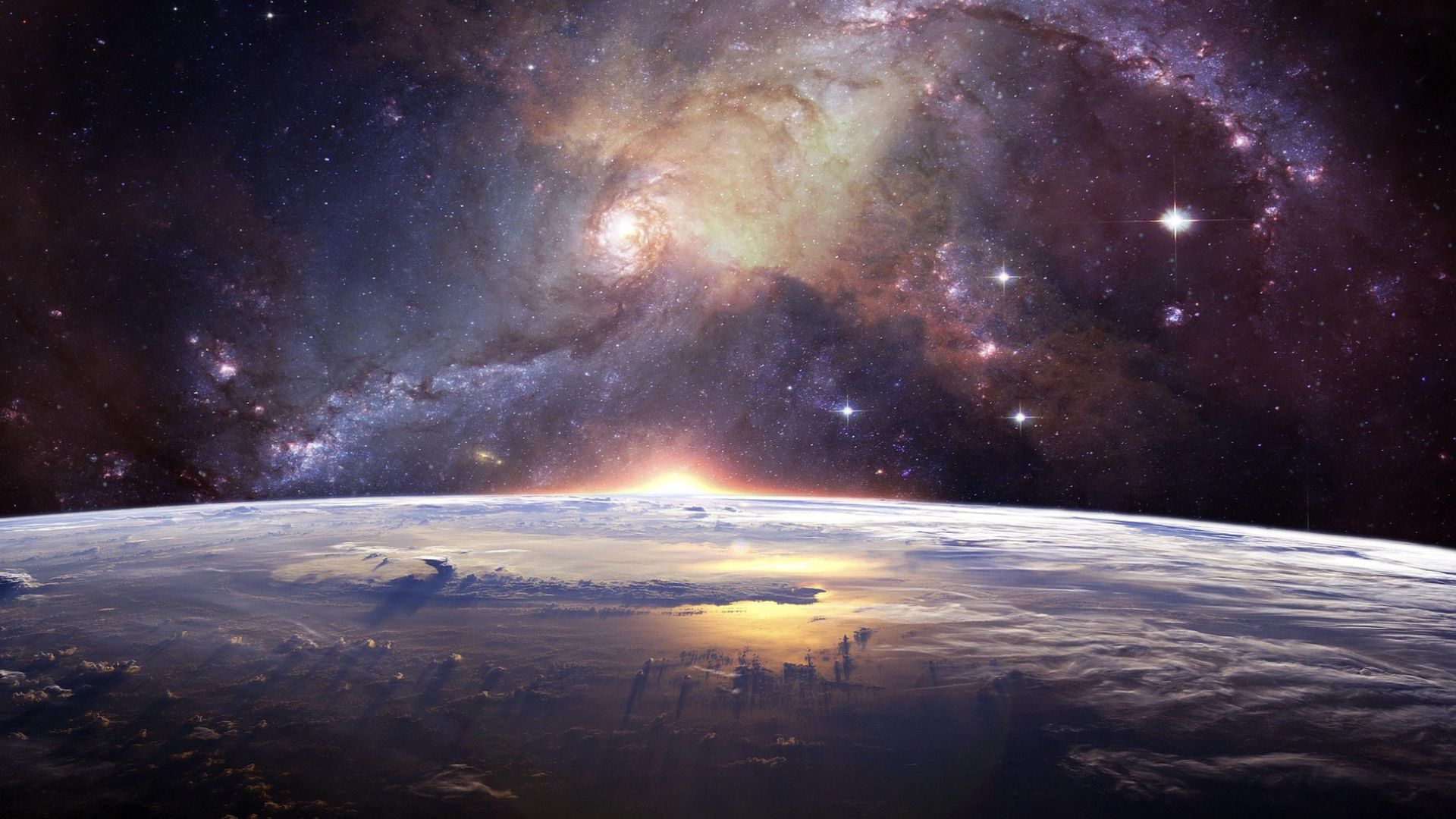

A recent NASA-supported study has explored the far future of our planet’s atmosphere, revealing that Earth’s oxygen-rich air , the very element that makes life as we know it possible, will not last forever. Using sophisticated models, scientists have traced the slow but inevitable shift that will one day return our world to a state similar to its ancient past, when oxygen was scarce and only simple organisms could survive.
The study in brief

Researchers applied advanced computer models to simulate how Earth’s atmosphere could evolve over immense spans of time. Their goal was to understand how the delicate balance of gases that sustain life might eventually break down. After more than 400,000 simulations, their findings revealed that the oxygen we depend on is a temporary feature in our planet’s long history.
Who led the research

This extensive work was carried out by Kazumi Ozaki from Toho University and Christopher Reinhard from the Georgia Institute of Technology, later published in Nature Geoscience. Their collaboration brought together expertise in planetary science and geochemistry, lending scientific rigor and depth to the study’s predictions.
When breathable air might end
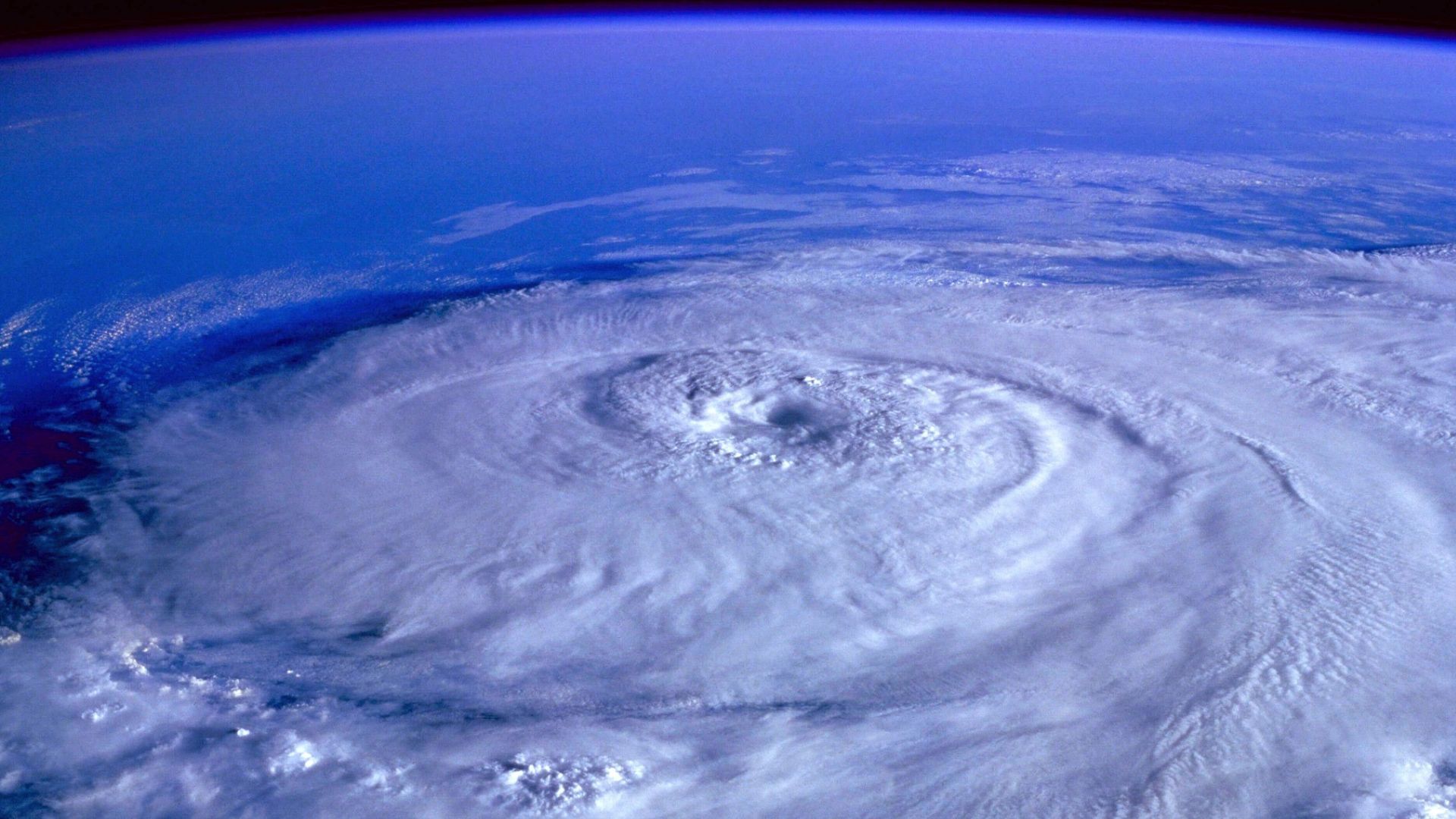
The research suggests that Earth’s breathable atmosphere will likely vanish in about a billion years. The change, however, will not be gradual throughout that period. Instead, it will occur swiftly near the end, with oxygen levels dropping dramatically around 10,000 years before the total atmospheric collapse.
Why the atmosphere will change
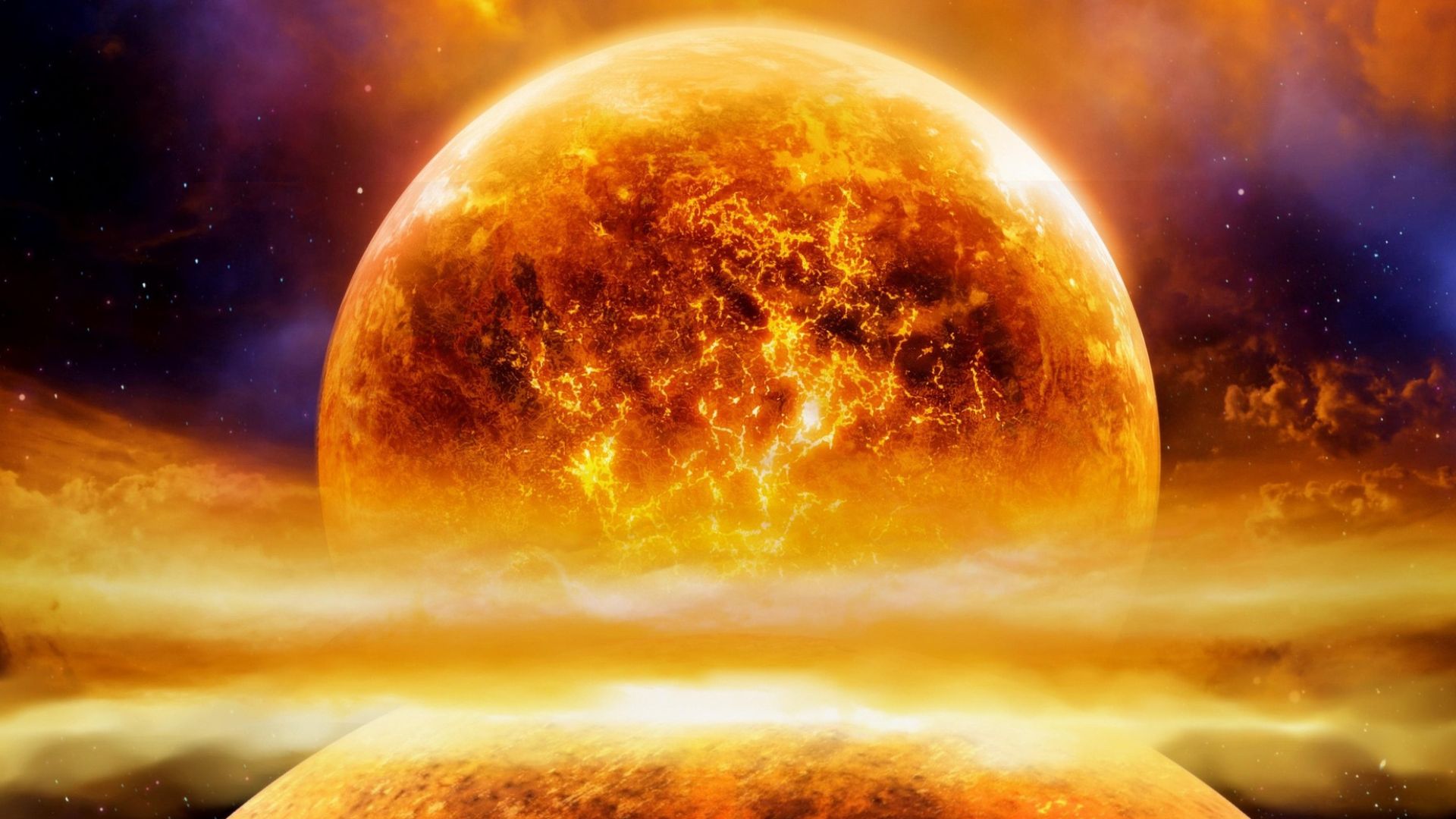
The main catalyst for this shift lies in our Sun’s natural evolution. As it ages, the Sun will continue to grow brighter and hotter. The resulting increase in solar radiation will warm Earth’s surface, triggering chemical reactions that destroy carbon dioxide faster than natural sources like volcanoes can replace it.
The role of photosynthesis

Plants rely on carbon dioxide to produce oxygen through photosynthesis. When CO₂ levels fall below a critical threshold, plant life will begin to disappear, halting the main process that replenishes oxygen in the air. As photosynthesis comes to an end, so will the planet’s supply of breathable air.
What replaces oxygen
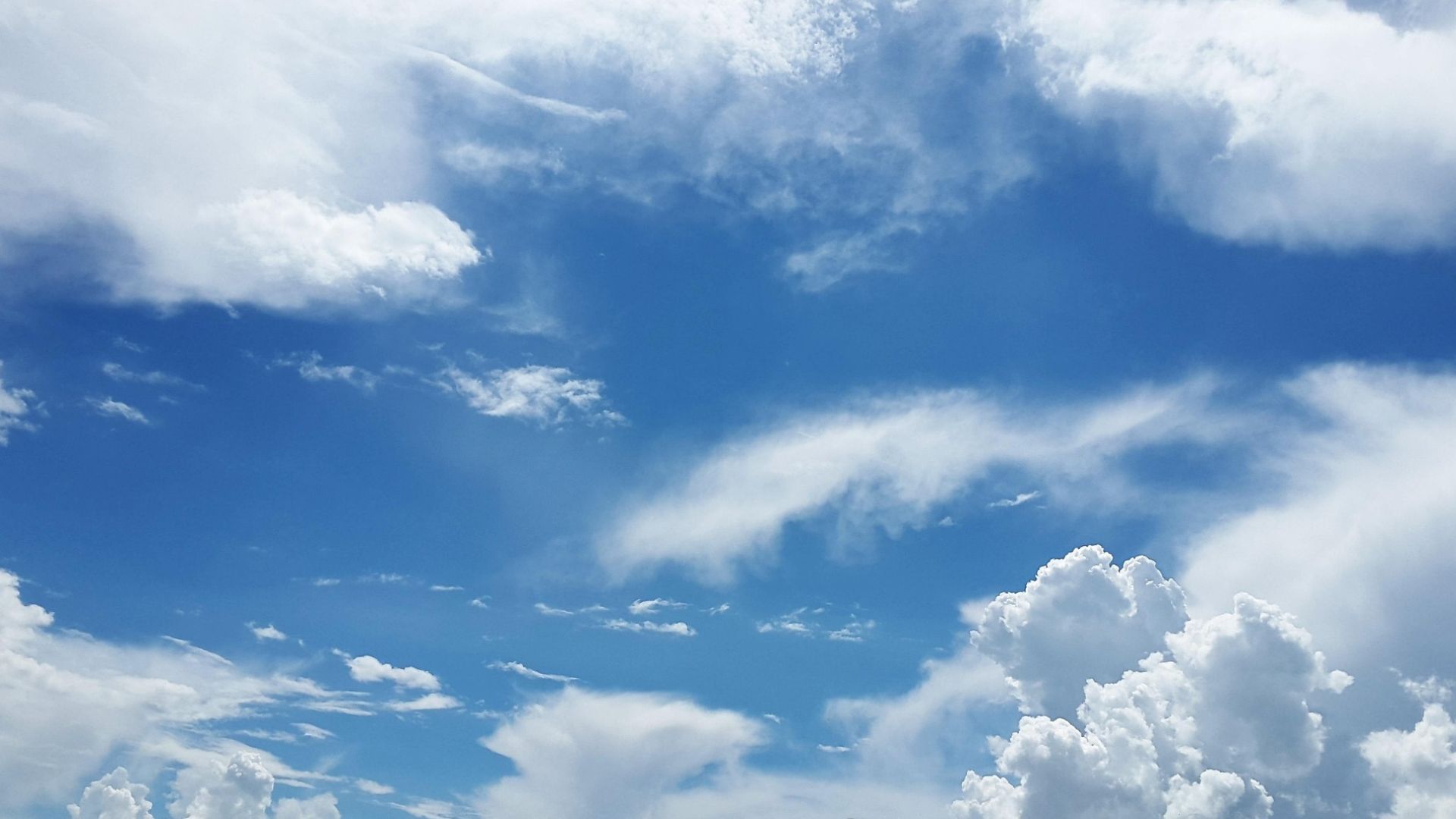
Once oxygen levels plummet, methane and other gases will dominate the atmosphere. The planet will revert to a composition more typical of Earth’s earliest eons, when microbial life thrived without oxygen. For complex organisms, including humans and animals, survival would be impossible under such conditions.
The ozone and radiation risk
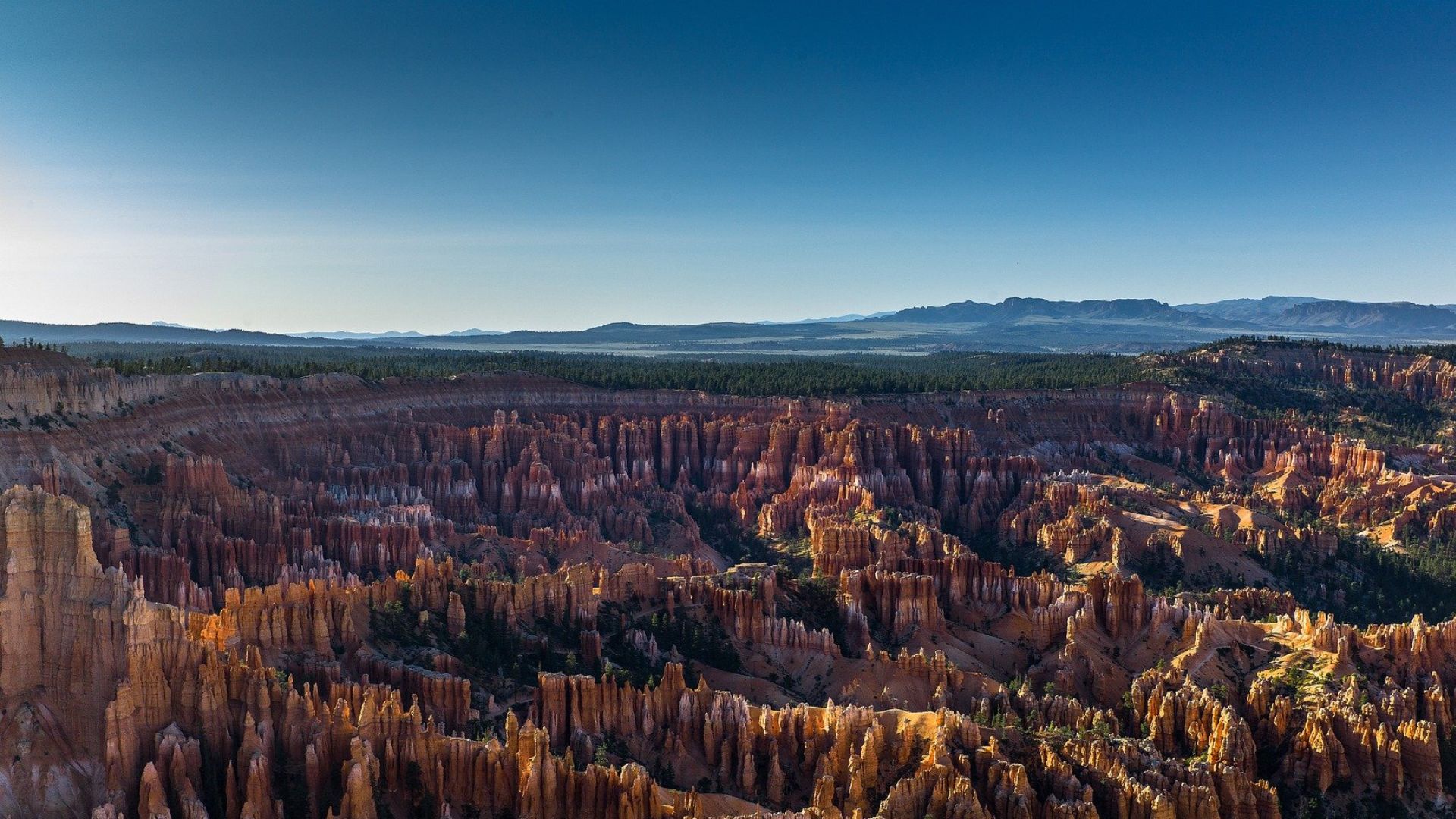
Without oxygen to sustain the ozone layer, Earth’s surface will lose its protection against ultraviolet radiation. The absence of this shield will expose the planet to harmful solar rays, transforming the environment into a hostile and barren landscape. Only microorganisms adapted to extreme conditions might endure.
Not a human-made problem

This transformation will not be the result of pollution or human activity, but a natural consequence of stellar aging and atmospheric chemistry. Once the process begins, it will be irreversible. In this sense, it reflects the broader cycles that govern planets and stars throughout the universe.
Implications for astrobiology
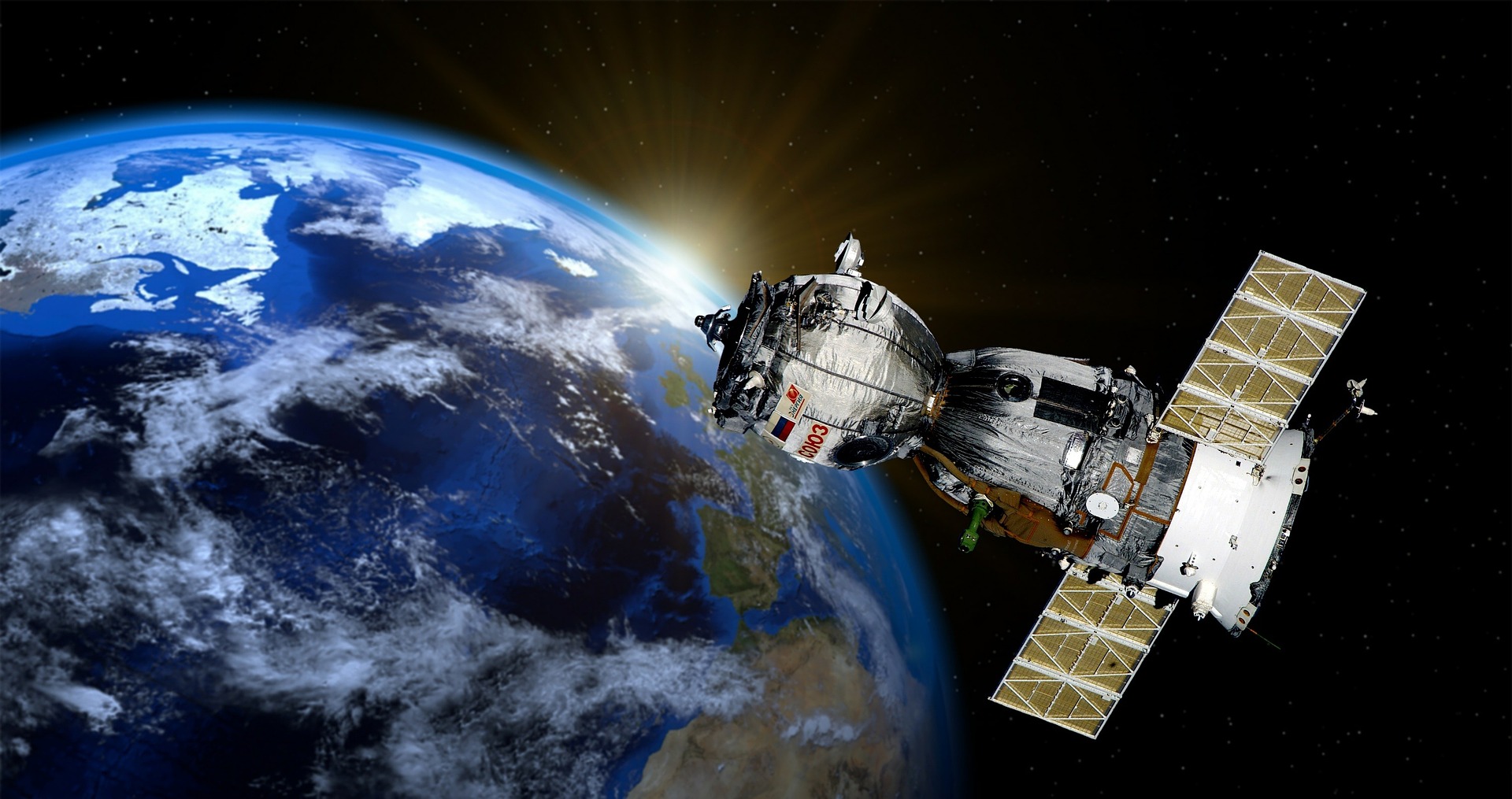
For scientists searching for life elsewhere, the study changes how we interpret alien atmospheres. Oxygen may not be a permanent or universal signature of life. Some living worlds could exist without it, or only display it briefly during certain stages of their evolution.
A scientific reminder and perspective

Ultimately, the study offers a humbling perspective. The breathable air that sustains us is just one fleeting chapter in Earth’s immense story. Understanding this helps scientists place our present moment within the broader context of planetary evolution, reminding us how rare and fragile life’s balance truly is.